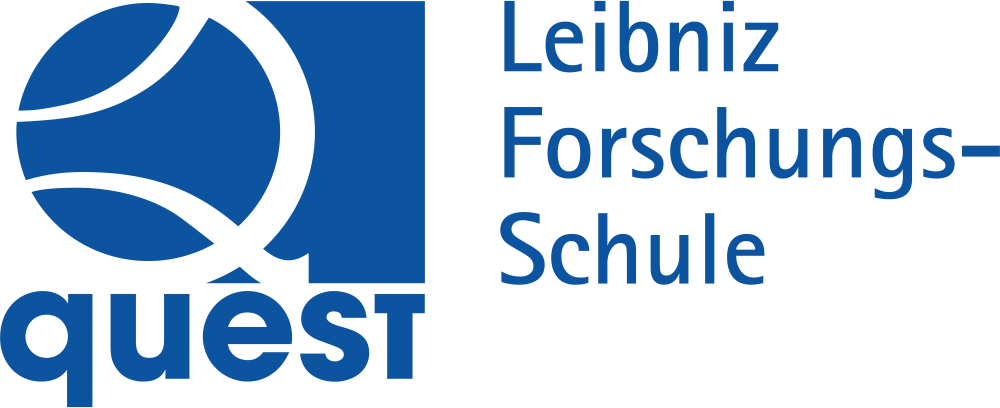Atomic Raman scattering
Third-order diffraction in a double geometry
- verfasst von
- Sabrina Hartmann, Jens Jenewein, Sven Abend, Albert Roura, Enno Giese
- Abstract
In a retroreflective scheme with an atom initially at rest, atomic Raman diffraction adopts some of the properties of Bragg diffraction due to additional couplings to off-resonant momenta. As a consequence, double Raman diffraction has to be performed in a Bragg-type regime, where the pulse duration is sufficiently long to suppress diffraction into spurious orders. Taking advantage of this regime, double Raman allows for resonant higher-order diffraction. We study theoretically the case of third-order diffraction and compare it to first order as well as a sequence of first-order Raman pulses giving rise to the same momentum transfer as the third-order pulse. Moreover, we demonstrate that interferometry is possible, and we investigate amplitude and contrast of a third-order double Raman Mach-Zehnder interferometer. In fact, third-order diffraction constitutes a competitive tool for the diffraction of ultracold atoms and interferometry based on large momentum transfer since it allows one to reduce the complexity of the experiment as well as the total duration of the diffraction process compared to a sequence, at the cost of higher pulse intensities.
- Organisationseinheit(en)
-
Institut für Quantenoptik
- Externe Organisation(en)
-
Universität Ulm
Deutsches Zentrum für Luft- und Raumfahrt e.V. (DLR)
- Typ
- Artikel
- Journal
- Physical Review A
- Band
- 102
- ISSN
- 2469-9926
- Publikationsdatum
- 22.12.2020
- Publikationsstatus
- Veröffentlicht
- Peer-reviewed
- Ja
- ASJC Scopus Sachgebiete
- Atom- und Molekularphysik sowie Optik
- Elektronische Version(en)
-
http://arxiv.org/abs/2007.02635 (Zugang:
Offen)
https://doi.org/10.1103/PhysRevA.102.063326 (Zugang: Geschlossen)
https://doi.org/10.1103/PhysRevA.106.029904 (Zugang: Geschlossen)


